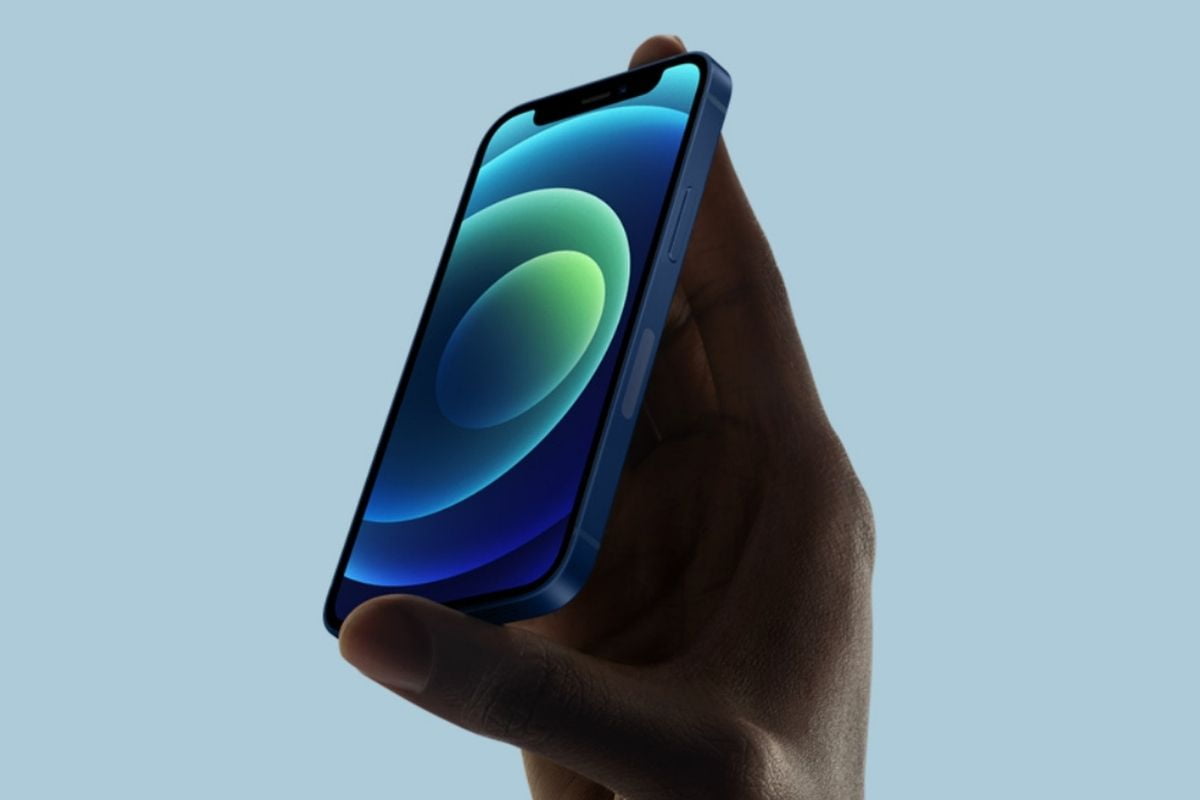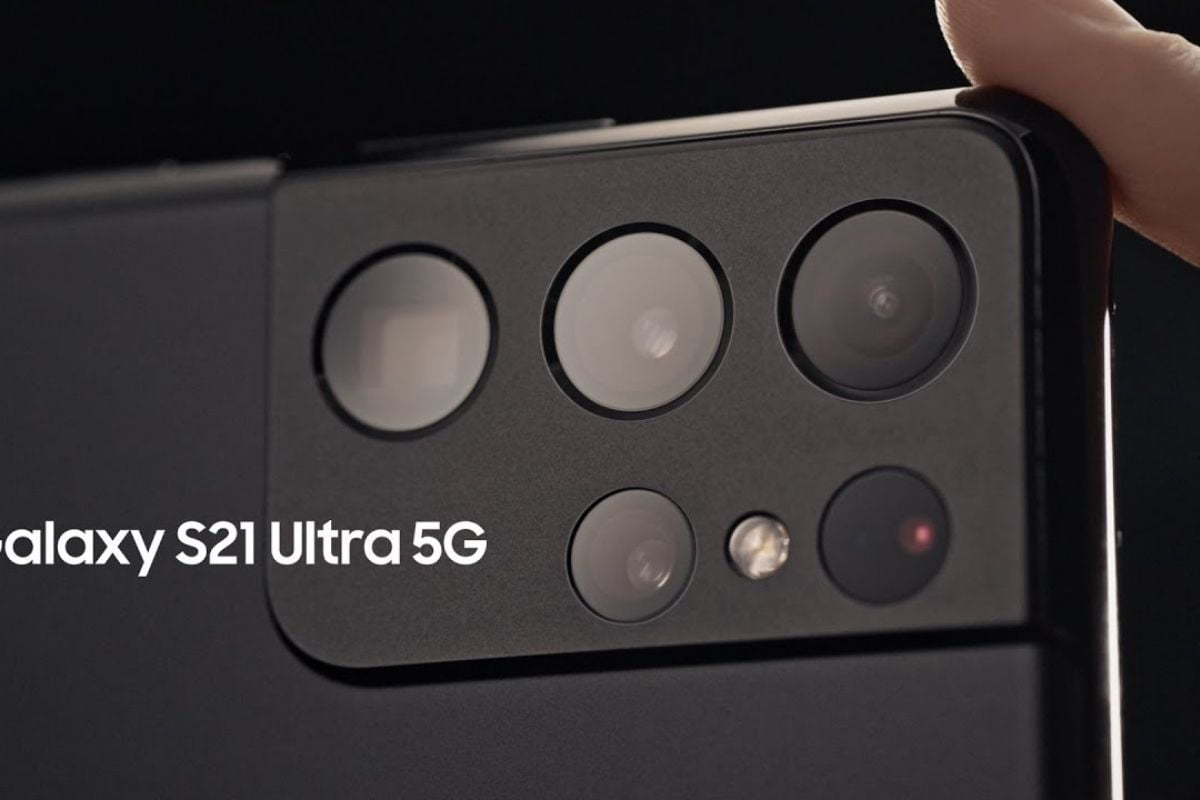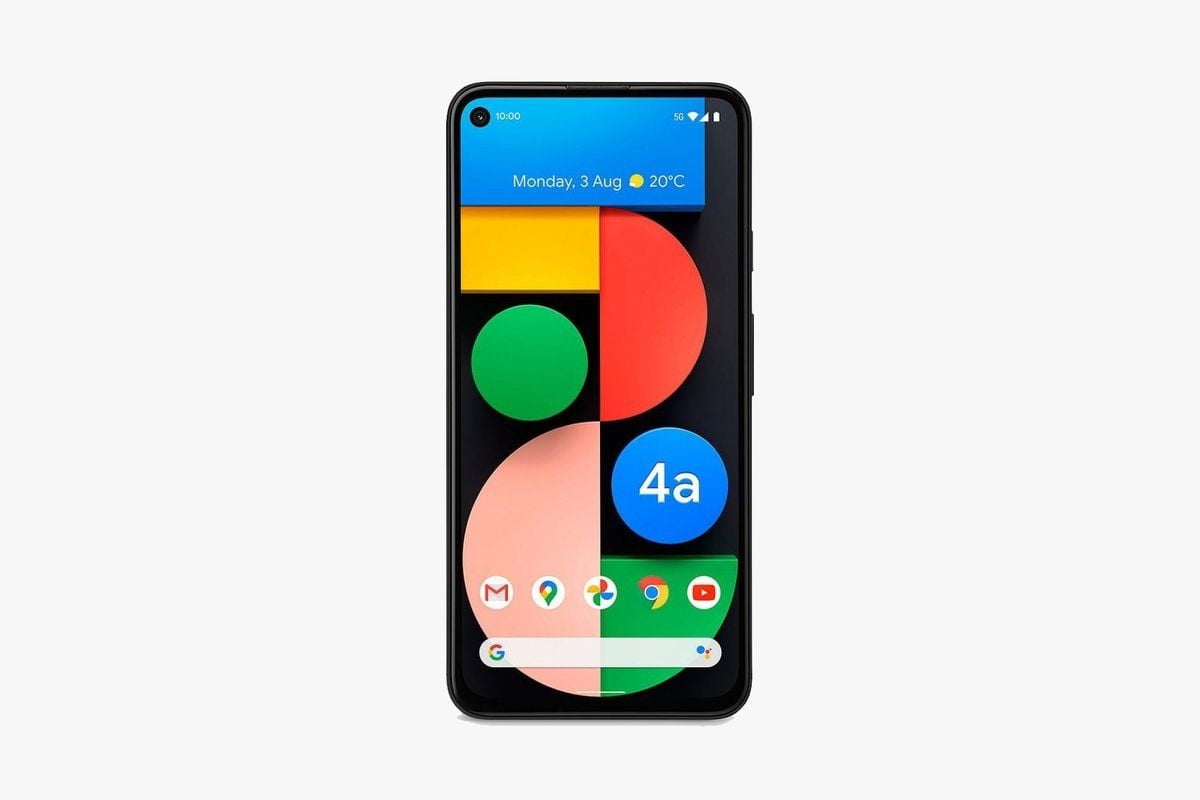Taking a brief look at the last few years, the smartphone industry as a whole has been subject to change in all regards. Be it the retirement of some major names or the return of some controversial brands; everything has occurred in India. Amidst all this chaos, we saw a key aspect of smartphones, the price to performance ratio, increasing to such an extent that, if one was to tell a user in 2015 about what was to come, they would simply scoff. The extent of change is so major that it has led to a major change in the industry, with smartphones over the budget of Rs 40-50k becoming harder and harder to recommend. Why do I feel so, and why is it getting tougher to recommend flagship devices? Find out more by reading ahead.
Why Its Getting Tougher To Recommend Flagships
Back in the good old days when Micromax used to rule India, flagship devices from the likes of OnePlus (OnePlus 1, 2), Samsung or Apple offered features that were a class apart from the regular devices. These would have included features like better displays, flagship chipsets or a half-decent camera (multiple cameras were yet to be a thing) in comparison to cheaper TFT panels with sub-par chips and 5MP cameras on mid-range devices. In contrast, today, if one looks at a flagship device and a device in the 20k segment, the only key differentiator is the software (at times) and the materials used for the build. Camera equipment is trickling down to cheaper segments, evident by how 108MP sensors are now becoming a thing in the mid-range segment of India. Performance, too, used to be a key differentiator back in the day, with performance-focused devices restricted to the flagship segment. However, after the Poco F1 showcased that you can have flagship performance at a fraction of the cost, we have seen many instances of the same occurring. Design too is reaching parity, with most devices even in the budget segment opting for a glass panel for the back rather than a plastic frame. This begs the question of “What is different now?”
What is Different With Flagships In 2021?
With most of these features reaching parity or near parity, one has to ask the question, what is actually different with flagships in 2021? Here are some features that still differ in flagship devices.
Software Support is one of the key features that is a differing factor for flagships and non-flagship, with devices in the budget or mid-range segment getting at most 2 years of support, whilst flagships from OnePlus, Samsung offer around 3-4 years of software support. Haptics is another differentiator that often gets overlooked; these devices offer better haptic and taptic engines, which aid in overall usability, whilst even in 2021, budget devices offer over the top feedback in the name of haptics. Resale value is something that might not matter to the non-concerning user to a major extent, but flagships in general, with the exception of Google devices, at least in India, offer better resale values in contrast to their buying price. In general, the design might have caught up, but the IP certification, which is key for protection against accidental water damage, is something that is still limited to flagships to a greater extent.


